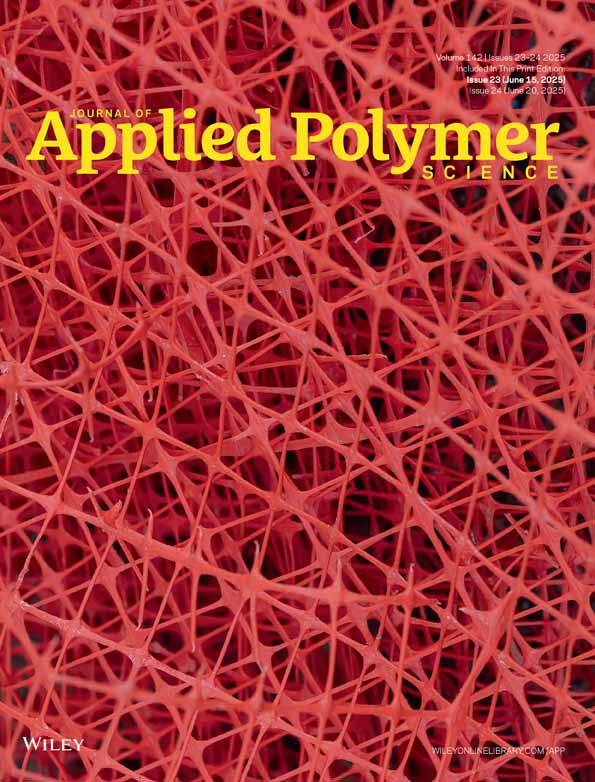A Novel Poly(Diol Citrate) Containing N-Hydroxysuccinimide Ester: Synthesis and Its Enabled Hydrogel Adhesive
Funding: This study was supported by the National Key Research and Development Program of China (2020YFC1910305-02).
ABSTRACT
Recently developed catechol-modified poly(diol citrate)-based adhesives behaved with a good biological properties and wet adhesive ability. However, a strong oxidant (e.g., sodium periodate) was inevitably required to promote solidification during bonding tissues, which would jeopardize clinical reliability. Herein, a novel water-soluble poly (diol citrate)-based adhesive of POEC-NHS, that is, poly(1, 8-octanediol-co-poly (ethylene oxide) citrate) (POEC) grafted by a highly reactive, biocompatible N-hydroxysuccinimide (NHS) ester, was designed given that the NHS active ester can build cohesion and adhesion simultaneously via its reaction with primary amine or thiol. ε-poly-l-lysine (PL) was selected from several biomolecules containing amino groups as a curing agent to construct two-component hydrogel adhesives (POEC-NHS/PL). The results showed the OH/COOH molar feed ratio for synthesizing POEC, the grafting ratio of NHS ester on the POEC, and the proportion of PL curing agent influenced the adhesion property of the final hydrogel; the POEC-NHS0.8/PL0.6 adhesive exhibited optimal comprehensive properties with gelation times of 2–4 min and lap adhesive strength of 38.5 ± 3.0 kPa; and the POEC-NHS/PL adhesives had no obvious cytotoxicity.
Conflicts of Interest
The authors declare no conflicts of interest.
Open Research
Data Availability Statement
The data sets generated and/or analyzed during the current study are available from the corresponding author upon reasonable request.




